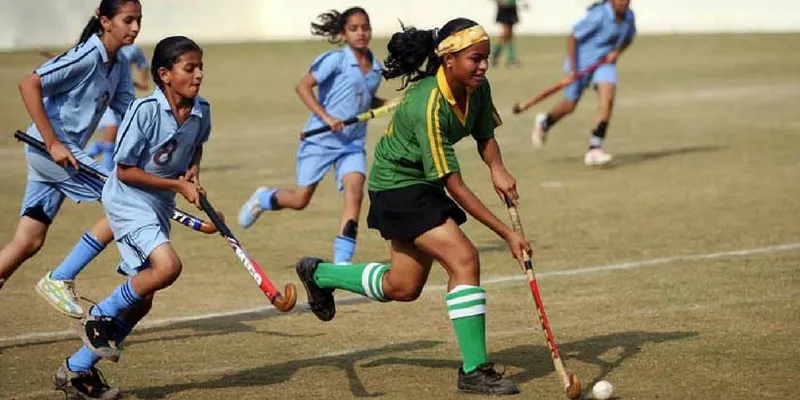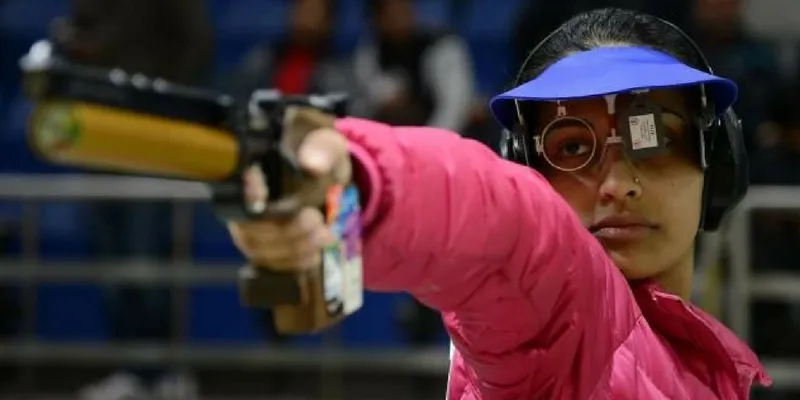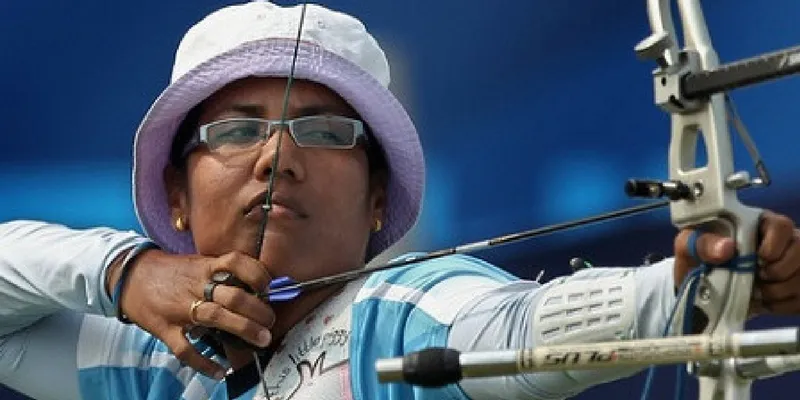If cricket can become a celebrity, then so can other sports: why India is failing its athletes
For Indian athletes to really outperform other nations on the international stage, especially at the Olympics, there has to be a fundamental change in our attitude towards sports, along with support for the sector from the government, both financially and organisationally.

Much like it does every year, the Indian Premier League (IPL) 2017 has dominated the news and social media discourse on sports since the start of the season. In the hierarchy of sporting events, cricket always takes precedence over others in India, and even more so during IPL. In the first week of this month alone, the Indian Hockey Team placed third at the Sultan Azlan Shah Cup tournament, Shiva Thapa won the silver medal at the Asian Boxing Championship, 15-year-old Shapath Bhardwaj finished sixth in the ISSF Shotgun World Cup’s double trap final, and India won a total of seven medals at the Grand Prix of Liberation Plezn 2017 Shooting Championships. Yet news of these tournaments and championships sat in a corner while that of cricket and IPL spread across pages
Perhaps the only time cricket shares the spotlight with another sporting event is during the Olympics. It is then, once every four years, that the media and public collectively express their outrage at the failure of the sports system in the country and blame the government for the poor performance of athletes at the games. The government and industrialists, on the other hand, shower the few winners with cash prizes, cars, jobs, brand endorsements, and even houses, while the defeated participants are conveniently sidelined. Sweeping promises of improved sports funding and infrastructure are made, only to be forgotten just as quickly as they are proclaimed.

No other sport manages to capture the imagination of such a large section of people in India as cricket does.The money, fame, and glamour associated with it remain unrivalled in the country, especially after the introduction of IPL, which is one of the most popular sporting leagues in the world today. Cricket is where we perform best and indeed, how could we not? With the amount of capital that is pumped into the sport for training, infrastructure, and equipment by the Board of Control for Cricket in India (BCCI), it would be a surprise if we weren’t at the top. It is only natural then for young players to be drawn to cricket should they wish to pursue a career in sports.
Of course, Hockey India League (HIL), Indian Super League (ISL) (Football), and Pro Kabaddi League (PKL) are boosting the respective sport at the domestic level, but for India to really outperform other nations in more than just a few sports on the international stage, especially at the Olympics, there has to be a fundamental change in attitude, along with a simultaneousincrease in support from the government, both financially and organisationally.
Sports culture in India
Sports is mainly considered to be an extra-curricular activity in India rather than a tangible career option, unlike say the United States, which is known for its strong sports culture. Easily accessible local sports facilities, community-based sporting leagues, and structured high school sports programmes throughout the country allow children and aspiring players to train competitively – the best progress to college and national level professional teams. Additionally, sports scholarships are a compelling motivation for students who seek a relatively inexpensive college education at reputed institutions, even though the chances of actually getting such a scholarship are very slim.
While the successful integration of sports with academics in a manner similar to the United States can help develop a favourable attitude towards it, for India to truly be a sporting nation, parents and children have to view sports as a profitable career path. And for that to happen, there has to be an organised sports sector, including domestic professional leagues, and broad access to decent sports facilities, talent identification among young athletes, and coaching. Developing and backing regional sports is equally important as they could potentially turn into major national leagues at some point. Just look at the PKL, which not only became an instant success, but has also come to compete with cricket in terms of popularity, so much so that the Kabaddi World Cup final held in October 2016 in India became the most watched non-cricket sporting event in the country ever.

Investment, infrastructure, and sports organisations
However, this manner of reform will not come easy. It calls for a significant amount of investment as well as commitment. We are talking nationwide quality sports centres, up to date equipment, coaches, scouts, dieticians, physiotherapists, regular competitions, travel to foreign countries, and more for, not just one or two athletes, but at least a hundred each year. The nations that repeatedly place at the top of the table at the Olympics, are the ones that spend hundreds of millions of dollars on training for the games, and billions of dollars on sports initiatives in general.
The Indian Ministry of Youth Affairs and Sports (MYAS), on the other hand, does not receive that kind of funding from the government. Between 2012 and 2016, it only spent a total of Rs 750 crore on National Sports Federations (NSFs), training facilities, coaches, and infrastructure, Rs 22.7 crore on 109 Olympic athletes through the National Sports Development Fund (NSDF), and Rs 38 crore on 97 athletes through the Target Olympic Podium (TOP) programme. That is barely a fraction of what the US, UK, Australia, or China put into their sports programmes. However, with the support of NGOs such as the Olympic Gold Quest (OGQ) and private sponsors, it is still possible for the ministry, sports federations, and associations to shape accomplished players.

And here’s where commitment matters. The sports ministry has come up with several programmes in the past that have failed to produce long-term results for the lack of dedication, competence, and due to corruption. There is little to no accountability for NSFs, which rarely disclose their objectives, strategic plans, administrative make-up and tenures, financial statements.
The involvement of sportspersons, which is of prime importance while formulating programs and plans, is negligible. According to a report published in August 2016, only one sports association, the Athletics Federation of India (AFI), has a former Olympic runner, Adille Sumariwalla, for president. Similarly, only nine of the 27 NSFs analysed have former or current players on their administrative boards, while women representation is either nil or between two and eight percent. Is it any wonder that sports officials are lost when it comes to understanding sporting and athletes’ requirements?
The aforementioned report, titled ‘Governance of Sports in India’, outlines measures for improved management of sports bodies to yield better results in the progress of their respective sport. It suggests designing and implementing time-bound goals, setting maximum term limits and retirement age for all members, making details of income, budgets, and expenditure public, increasing the number of players and women on the governing bodies of federations, and reducing any conflicts of interest that could facilitate corruption. Adopting these recommendations would be a start to revamping the sports system as well as contribute to the sports ministry’s objective of raising our medal count at the next Olympics.

However, the ministry has to first rectify its own apathetic attitude towards athletes for there to be a perceptible change in sporting standards. Its disregard could not have been more clear at the last Olympics, as reports of sports officials relishing the benefits of first class while players flied coach, and enjoying on beaches during the games instead of supporting the contingent emerged. The ministry has to bridge the disconnect that exists between itself and the players, and show tremendous support to aspiring as well as qualified athletes.
The benefits of developing a robust sports sector and sporting culture go beyond the creation of a pool of skilled athletes and attainment of glory on the international field. Its socio-economic advantages to the country are also well worth the investment. In 2015, IPL contributed Rs 11.5 billion ($182 million) the India’s GDP. Such sports leagues generate both employment and revenue for the country, and for host states in particular. At the same time, productivity of individuals, especially children, increases, while the risk of illness goes down, and so do the costs of healthcare.
Hence, ensuring an environment conducive to sports will not only prevent vast potential from continuing to go unrecognised, it can also add to the social, economic, and cultural development of the country. It’s only a matter of finding the will to do so.







